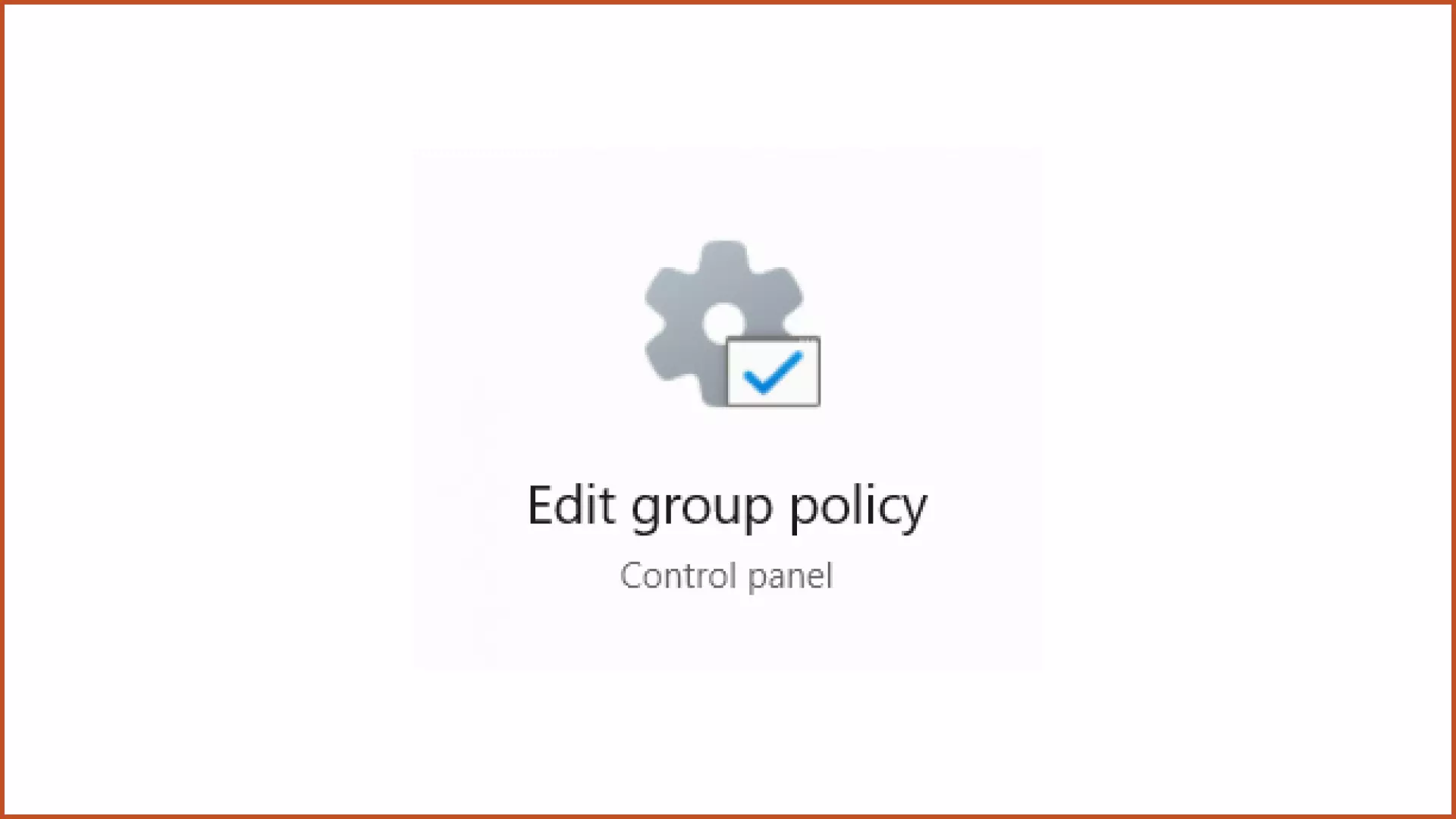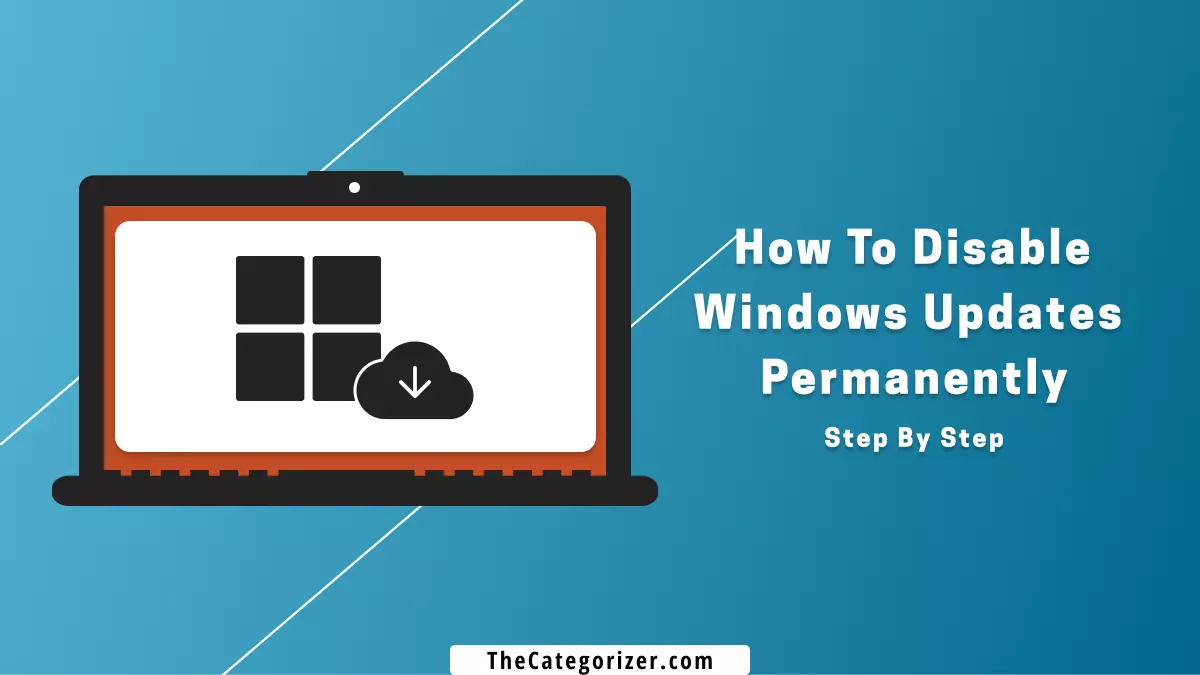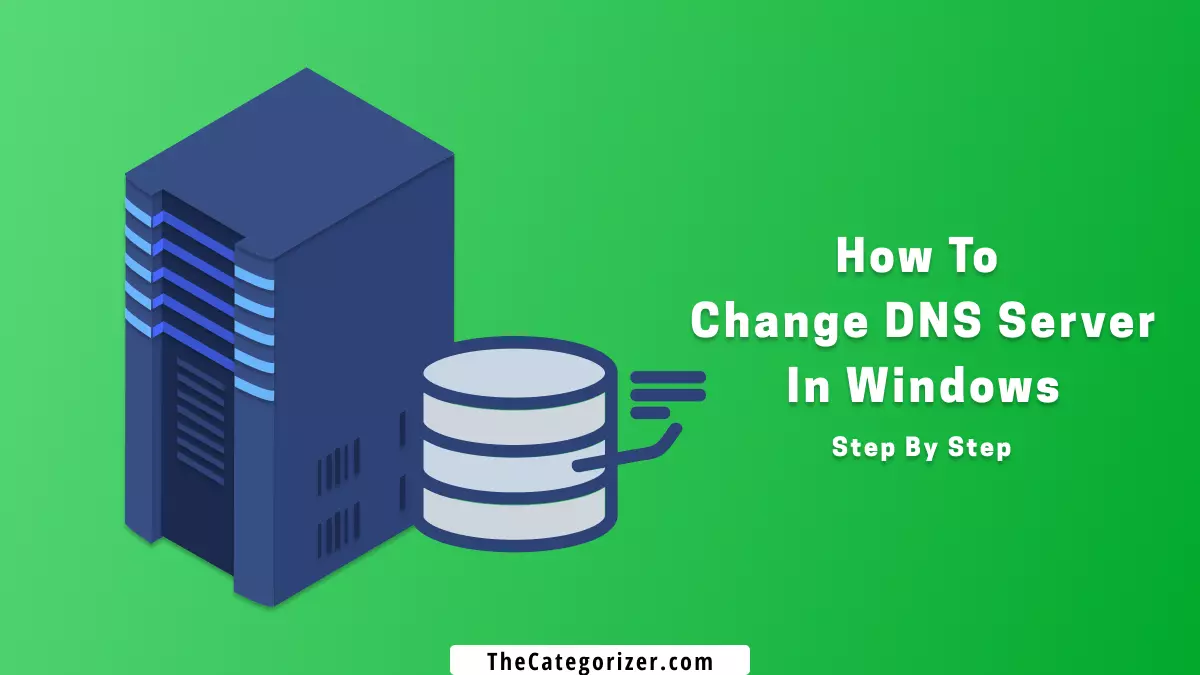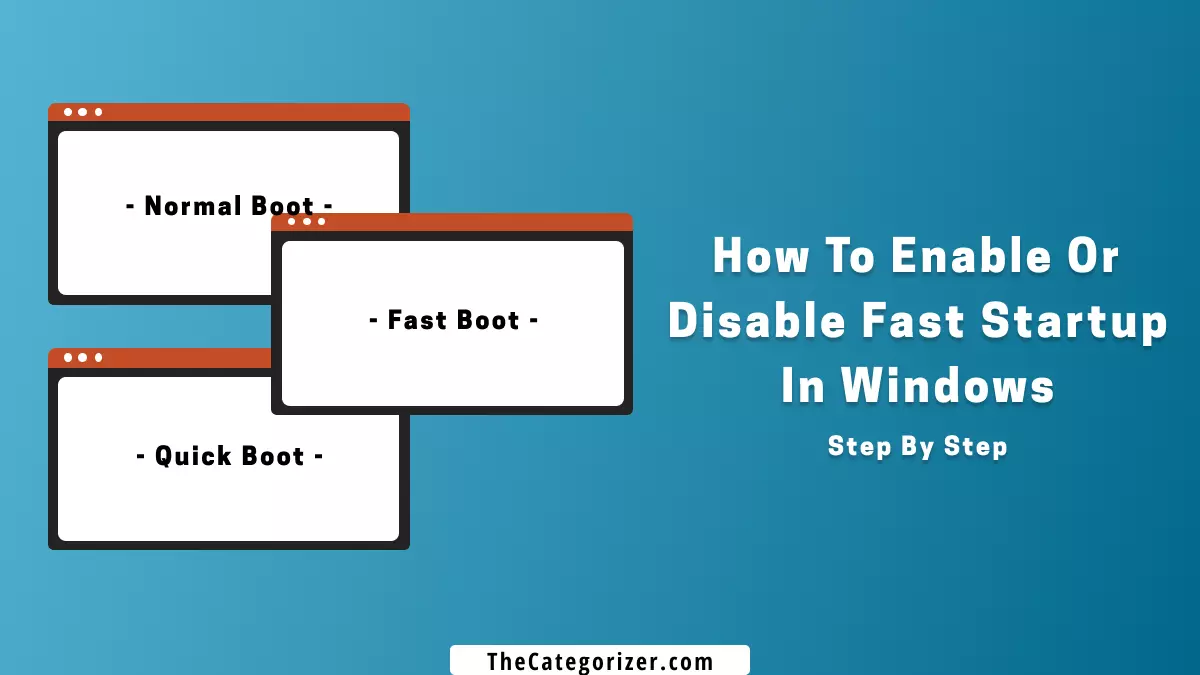Overview – Stop Updates Permanently in Windows 11
Windows updates are a collection of patches released by Microsoft for Windows aiming to enhance your operating system’s performance and security by fixing the bugs and vulnerabilities which the black hat hackers may utilize to get control over the system.
It appears that you’ve become frustrated of Windows checking for updates in the background on a regular basis, causing your machine to consume more RAM and cause constant lags.

Before we begin, it is recommended not to stop windows updates permanently as your device won’t be receiving Performance, Security, and Bug Patches unless you turn on the updates again.
By the end of this article, you will be able to Disable Updates in Windows 11:
1. Stop Windows Updates via Windows Services
Step 1: In the Start menu, search for “Services” and hit the enter key or press the “Windows Logo key + R” key combination to open Windows Run, type: services.msc and hit the enter key.

Step 2: Scroll down and right-click the Windows Updates option and select the “Properties” option.

Step 3: In the Properties panel, set the “Startup Type” option to “Disabled” and click the “Apply” button.

Step 4: Now restart your computer to make changes take effect.

2. Stop Windows Updates via Registry Editor
Step 1: In the Start menu, search for “Registry Editor” and hit the enter key or press the “Windows Logo key + R” key combination to open Windows Run, type: services.msc and hit the enter key.

Step 2: In the Registry Editor, navigate to the following path: Computer\HKEY_LOCAL_MACHINE\SOFTWARE\Policies\Microsoft\Windows.
Step 3: Right-click the “Windows” key on the left sidebar and add a new key named “WindowsUpdate“.

Step 4: Right-click the “Windows Update” key on the left sidebar and add a new key named “AU“.

Step 5: Single-click the “AU” key, and right-click on the right pane and add a new DWORD (32-bit) key named “NoAutoUpdate“.

Step 6: Double-click the “NoAutoUpdate” key, set the “value data” from 0 to 1 and click the “OK” button.

Step 7: Restart the computer to make changes take effect.

3. Stop Windows Updates via Group Policy Editor
Step 1: In the Start menu, search for “Edit Group Policy” and hit the enter key or press the “Windows Logo key + R” key combination to open Windows Run, type: gpedit.msc and hit the enter key.

Step 2: In the Group Policy Editor, navigate to the following path:
Computer Configuration > Administrative Templates > Windows Components > Windows Update > Manage end user experience and double-click the “Configure Automatic Updates” option.

Step 3: Check the “Disabled” button and click the “Apply” button.

Step 4: To make the changes take effect without restarting the computer, open the command prompt as an administrator, type the command: gpupdate/force and hit the enter key.

NOTE: To enable the Windows Updates, check the “Not configured” button and click the “Apply” button
4. Stop Windows Updates via Command Prompt
NOTE: This method involves disabling the dependencies necessary for Windows Update including Delivery Optimization service, BITS, and Windows Update service. Once the sources via which the Windows Updates are installed are disabled, the Windows Updates will stop automatically.
Step 1: In the Start menu, search for “Command Prompt” and run it as an administrator.

Step 2: To disable the Windows Update Service, type the command:
net stop wuauserv

Step 3: To disable the Background Intelligent Transfer Services (BITS), type the following command:
net stop bits

Step 4: To disable the delivery optimization service, type the command:
net stop dosvc

NOTE: To enable the Windows Updates, type the following commands:
net start wuauserv, net start bits, and net start dosvc.
5. Stop Windows Updates via Metered Connection Settings
Step 1: Open the Windows Settings from the Start menu or press the “Windows Logo key + I” key combination on the keyboard.

Step 2: Select the “Network & Internet” tab from the left sidebar and click the desired network connection – WiFi or Ethernet.

Step 3: Click the Network Properties option.

Step 4: Toggle on the “Metered Connection” button.

NOTE: These settings will not be applicable on other networks which means that the updates will be downloaded and installed if you switch the network, unless you set the new connection as metered.
6. Stop Windows Updates via Advanced System Settings
Step 1: In the Start menu, search for “View Advanced System Settings” and hit the enter key.
Step 2: Select the “Hardware” tab from the top bar and click the “Device Installation Settings” button.

Step 3: Check the “No (your device might not work as expected)” option and click the “Save Changes” button.

Pros of Disabling Windows Updates
Reduced RAM / Memory Usage
The Windows keeps checking for Updates Automatically and consumes a high amount of RAM while performing the task. So, disabling the Windows Updates will reduce the RAM usage and enhance PC performance.
Cons of Disabling Windows Updates
Performance and Security Patches
Microsoft regularly launches improvement and security patches for the smooth and secured functioning of windows. Once the Windows Updates are paused, you will no longer get these patches.
Conclusion
We’ve covered how to turn off Windows Updates Permanently in Windows 11. So, after evaluating the advantages and disadvantages, you may decide whether or not to permanently disable Windows Updates. It is strongly advised that you should not disable windows updates permanently unless you have a really compelling reason to do so.
Further, configure your device’s settings by following the related articles below.
Related Articles
Perform a Clean Boot in Windows (Fix Bugs)
Learn how to perform clean boot in Windows 11 to fix issues related to Operating System such as BSOD, Update errors, etc.
Check Product Key in Windows 11
Not receiving Windows Updates? Check whether your current Windows version is genuine or not.
Change DNS Server in Windows (Increase Internet Speed)
Boost the internet speed by manually using the fastest DNS depending your location.





